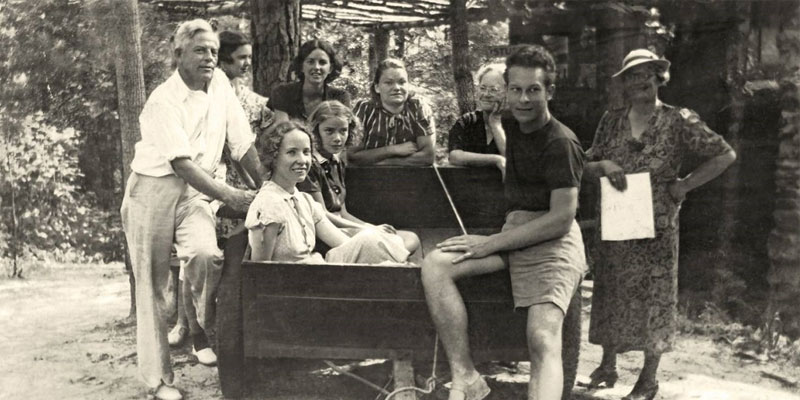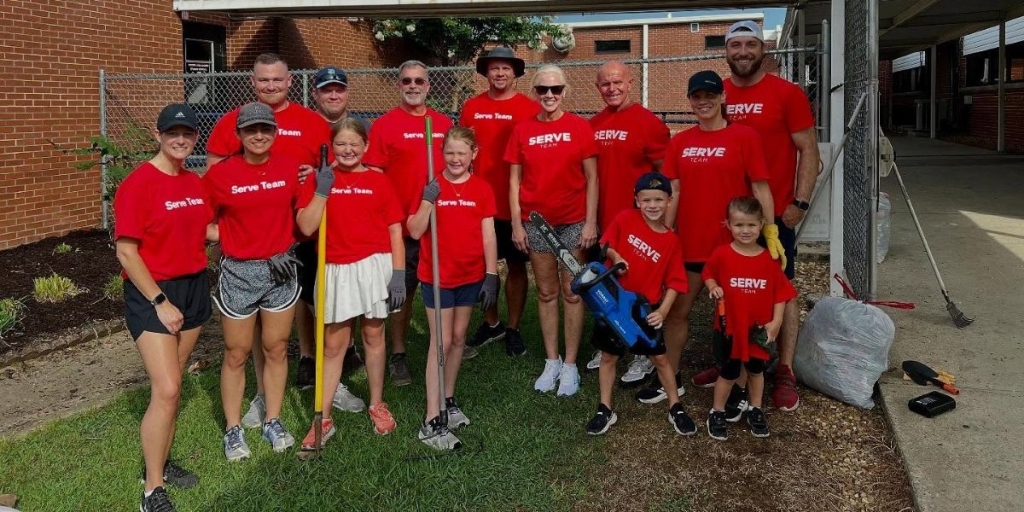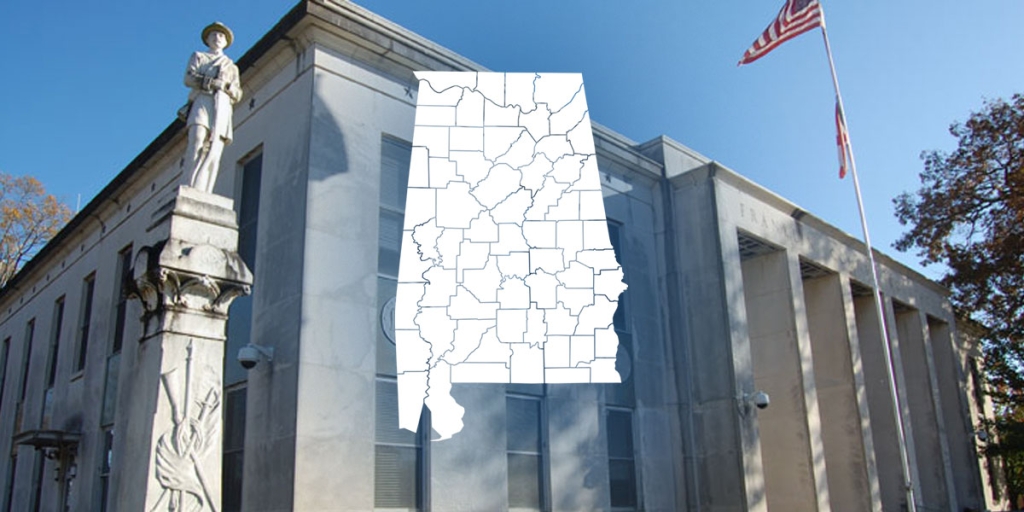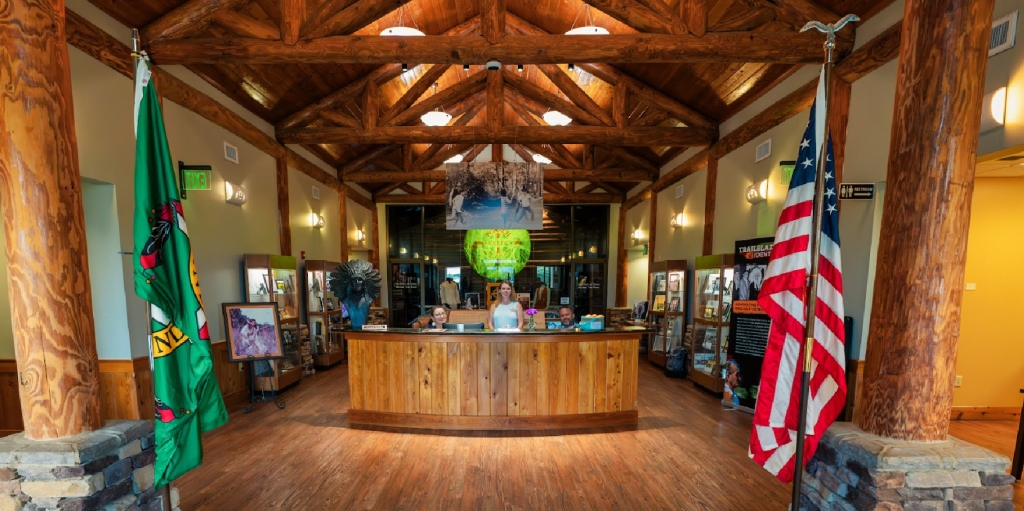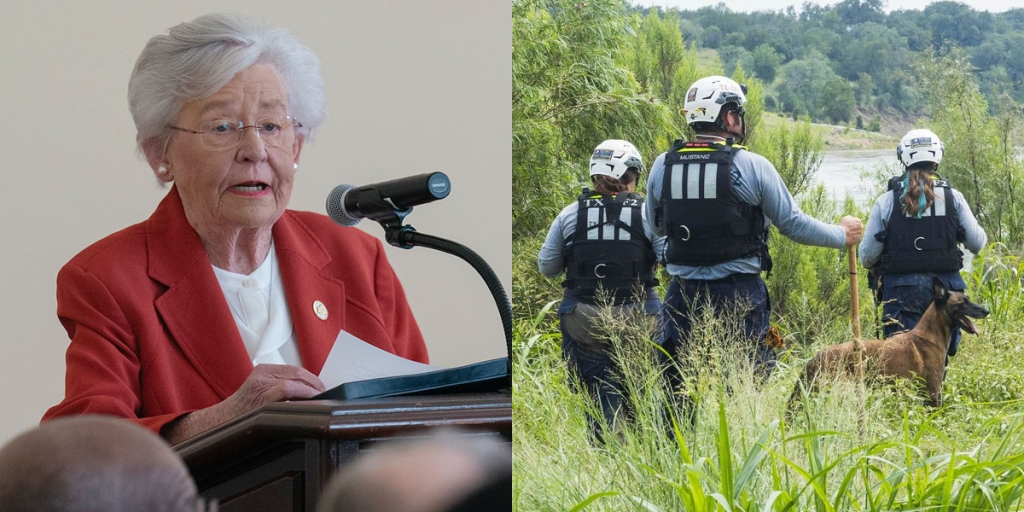Martha Moon Kracke remembers them as a bunch of friends having fun painting what they saw while roaming the rural countryside around Lake Jordan. But those men and women were actually shaping history and would become leaders of the Southeastern art world.
It has been 71 years since Kracke traveled with her dad, Florala self-taught artist Carlos “Shiney” Moon, to visit the Dixie Art Colony (DAC) on Lake Jordan. But her memories of those visits with that eclectic band of artists are as vivid as if they happened yesterday.
“Daddy and I were so close, and we liked all the same things,” said Kracke, who spent time at the DAC as a 13-year-old. “To be at a place where he liked to be with all of his friends was important to me. It was a very special place where these people gathered to paint, carry on and play jokes on each other.”
Two area artists, Kelly Fitzpatrick and Warree Carmichael LeBron, founded the colony, the first of its kind in Alabama and one of the first in the Southeast, in 1933.
The idea came from Fitzpatrick, who had returned from World War I with scars on his face from shrapnel wounds and on his heart after seeing many of his comrades killed in combat.
“When he got back home, Kelly said all he wanted to do for the rest of his life was what he loved, and that was painting and teaching,” said Mark Harris, founder of the Dixie Art Colony Foundation.
Fitzpatrick, LeBron and the other artists met for the first time at a Boy Scouts camp on Lake Martin and then in various homes for the next few years. They finally settled in 1937 on what they called their “semi-permanent” home, a site owned by LeBron’s mother, Sallie B. Carmichael, at Nobles Ferry in Deatsville on Lake Jordan.
The colony was a rustic, quiet spot where artists from across Alabama met for short stays, mostly during the summer, to pursue their passion for painting and hone their skills. Along with a central lodge that housed their studio and kitchen, there were several small, one-room cabins used as sleeping quarters for the men and a dormitory for the women.
The lodge, dormitory and cabins were powered by electricity. But otherwise, conditions were primitive, with outdoor showers and an outhouse, and no running water, except in the kitchen.
“It was a kind of escape from the workaday world of the 1930s and 1940s,” said Sally LeBron Holland, who grew up visiting the colony with her mother and grandmother, LeBron and Carmichael.
Holland said it was “awesome to see those free spirits” at work.
“Every day, the artists would pile into cars and drive out into the countryside and the little community of Deatsville,” Holland said. “They would be dropped off in different places and would paint the world around them. In the evenings, they would display what they had painted outside in the yard on a wooden wall with an overhanging tin roof, and Kelly would critique their work. It was a wonderful experience.”
The artists mostly created watercolor paintings of rural scenes and landscapes, including farms, barnyards, cottonfields and old country stores, Harris said. Their works were created outdoors and were referred to as plein air, or open-air, paintings.
“It was very informal,” Harris said. “They would put their finished paintings on the walls of the studio and hang them from the rafters.”
There were several instructors over the years, including Fitzpatrick, Moon and Genevieve Southerland, an artist from Mobile. They worked with the artists individually, offering feedback and suggestions for improvement.
Art was the focus. But the artists also loved to play and pull pranks, like throwing rocks on the roof of the lodge to rouse Fitzpatrick from sleep. Because they were not together at Christmastime, they celebrated the holiday with a Yuletide costume party on July 4.
The artists continued to meet at the Nobles Ferry site until 1948, when Carmichael became ill and could no longer serve as the colony’s “hostess.” After the demise of the colony at Nobles Ferry, they met on the Alabama Gulf Coast near Bayou La Batre and Coden through 1953. LeBron tried to revive the DAC and opened her Rockford home in Coosa County to the artists for several years during the late 1950s.
Documents show that 142 artists visited the DAC at one time or another from 1933 to 1948, Harris said. Although most of them were considered “Sunday painters,” many left a real legacy.
“These artists really became movers and shakers in the art world, not just in Alabama but throughout the Southeast,” Harris said. “Many became educators on both the primary and secondary levels, while others were instrumental in starting the Birmingham, Montgomery, Mobile and Jackson, Mississippi, museums.”
Fitzpatrick, who helped found the Montgomery Museum of Fine Arts and the Alabama Art League, was, of course, among the most notable of the group. Another standout colonist was Frank Applebee, who founded the art department at the Alabama Polytechnic Institute (now Auburn University), and acquired the pieces that became the core collection of the Jule Collins Smith Museum of Fine Art at Auburn.
True love, as well as friendship, blossomed at the colony. Two prominent portrait painters, Karl Wolfe and Mildred Nungester, met at the DAC and later married.
A rotating exhibit of many of the original pieces created by the artists and other memorabilia from those years can be seen at the Dixie Art Colony Museum and Gallery in downtown Wetumpka. Visitors can also step back in time by touring the old colony site at Nobles Ferry (now owned by Chrys and Robert Bowden) and see where the artists wielded their paintbrushes.
Kracke and Holland agree that the colony was almost like another world.
“Nothing was like the Dixie and nothing will ever be like the Dixie,” Kracke said. “It’s a time long gone. It was an experience like no other at the time, and I will never have an experience like it again.”
For more information about the DAC Foundation and its programs, visit dixieartcolony.org/.
(Courtesy of Alabama NewsCenter)




